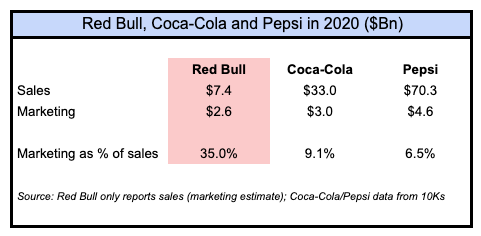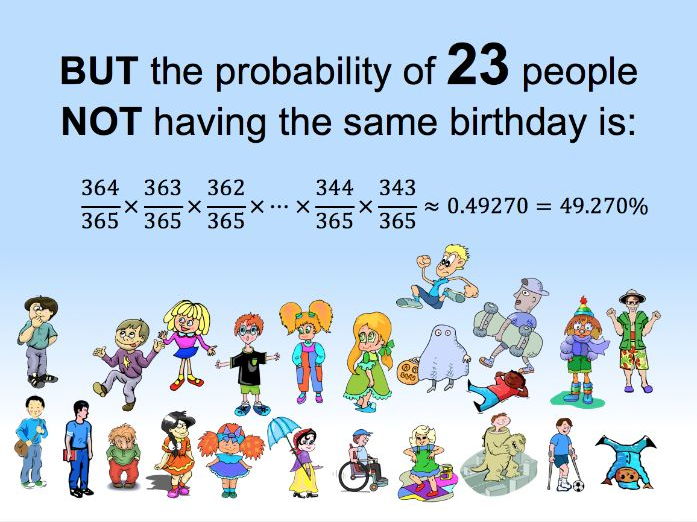
Here's a wholesome Reddit thread for the holiday weekend: "What is random great advice?"
12 legit ones🧵
12 legit ones🧵
"You spend half your life walking and sleeping. Never buy cheap shoes or a shitty mattress."
"Don’t take criticism from people you’d never go to for advice."
"If it bothers you for more than 24 hours, speak up within 48 hours."
"If you think your house is haunted and see shit, buy a carbon monoxide alarm. It might be a leak making you hallucinate."
"Looking back at your past and cringing is good. That means you’ve grown since then."
"Never fry bacon naked."
"Read to your kids Every. Single. Day. From 1 day old until they graduate high school."
"If your employer offers a 401(k) match, you take it."
Before you speak, ask yourself 3 questions:
◻️Does it need to be said?
◻️Does it need to be said by me?
◻️Does it need to be said by me right now?
◻️Does it need to be said?
◻️Does it need to be said by me?
◻️Does it need to be said by me right now?
"Be comfortable being alone before you get in a relationship. It will keep you from staying in crap relationships just to 'not be lonely'."
"Never make any important decisions when either hungry, horny, happy, sad, tired, or angry."
If you enjoyed that, I write interesting threads 1-2x a week.
Follow @TrungTPhan to catch them in your feed.
Here's one you might like:
Follow @TrungTPhan to catch them in your feed.
Here's one you might like:
https://twitter.com/trungtphan/status/1450855104685375493?lang=en
PS. I also write a weekly newsletter that rounds up hilarious memes and tweets on trending tech, business and internet topics
trungphan.substack.com
trungphan.substack.com
This is actually the best advice ever
Although, sometimes it’s best to *not* give advice
https://twitter.com/trungtphan/status/1471508537532575744
• • •
Missing some Tweet in this thread? You can try to
force a refresh























